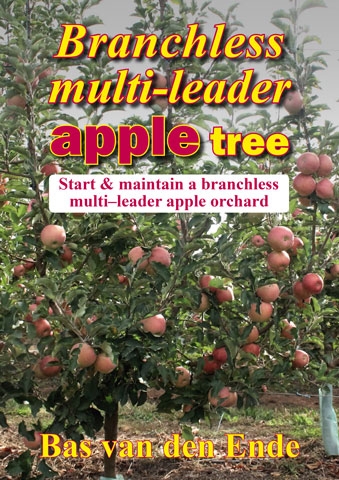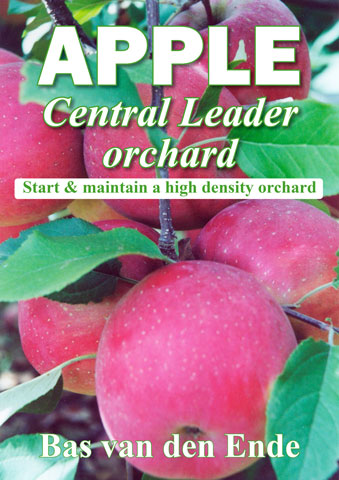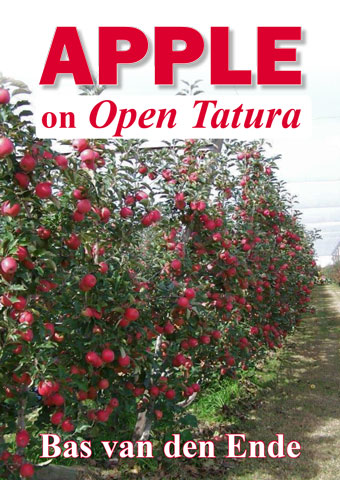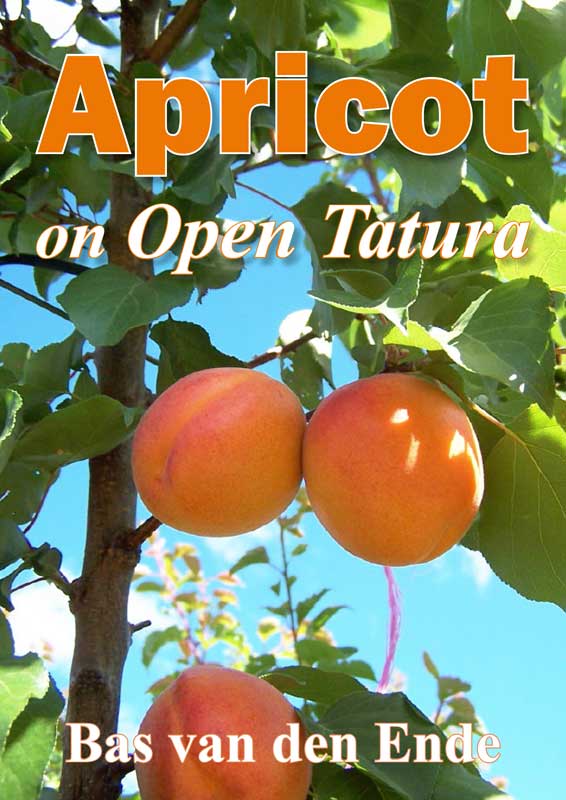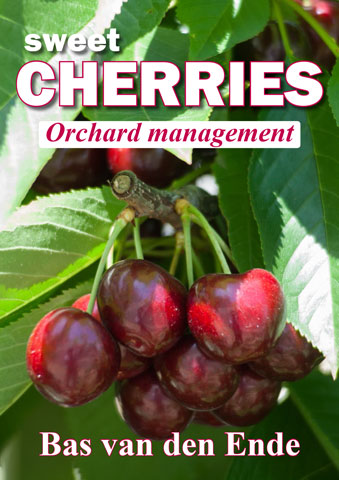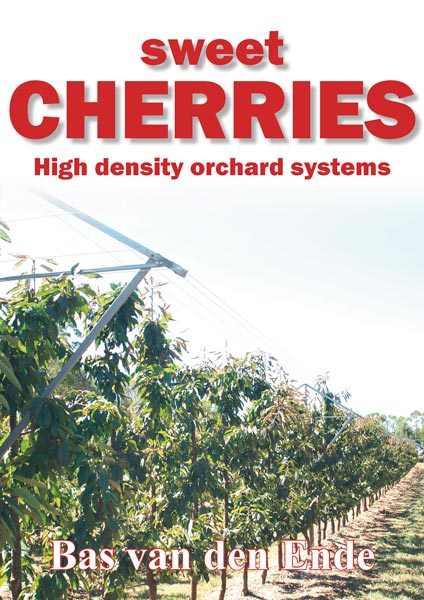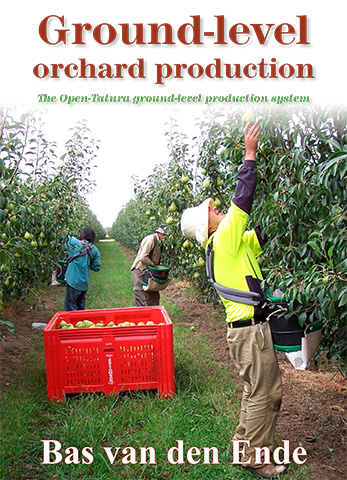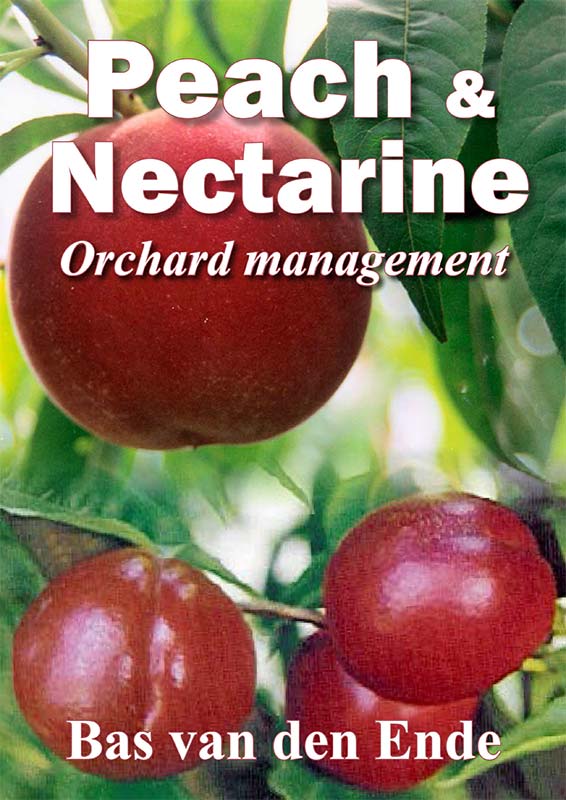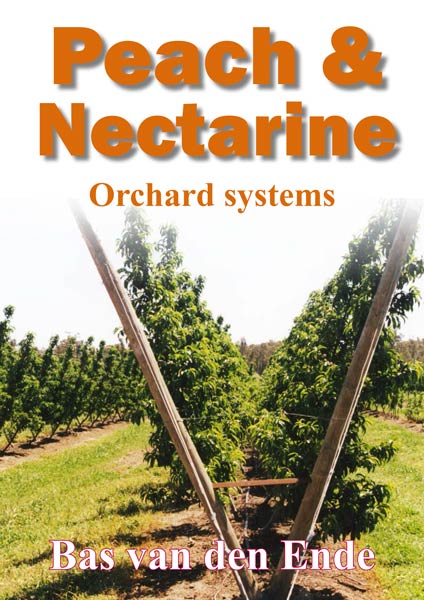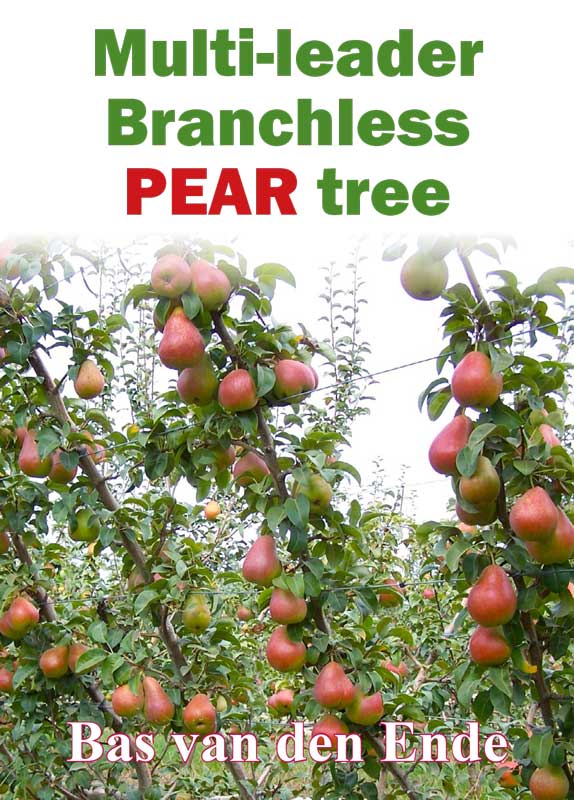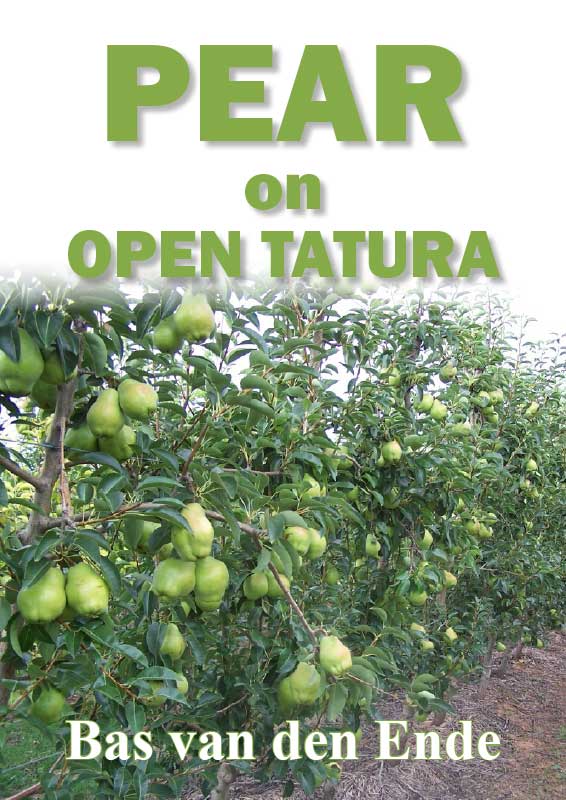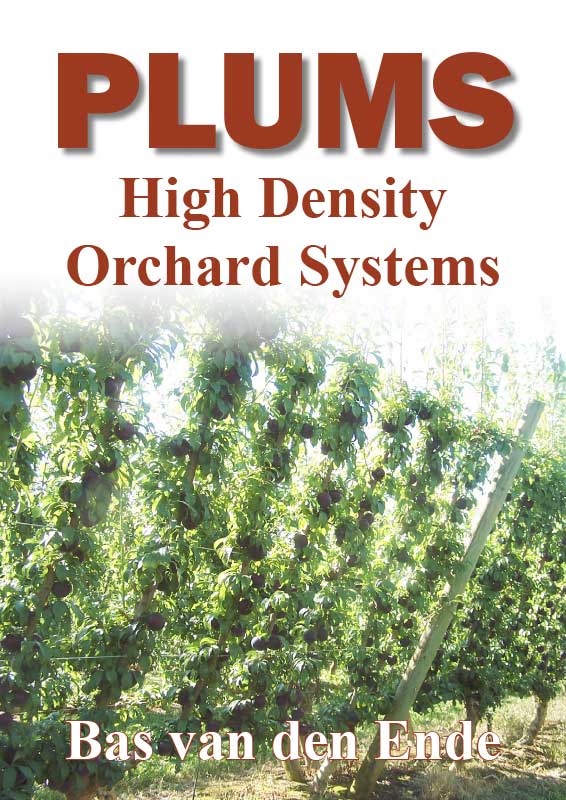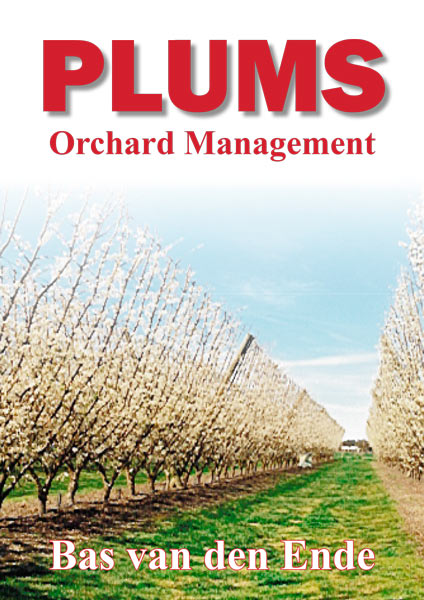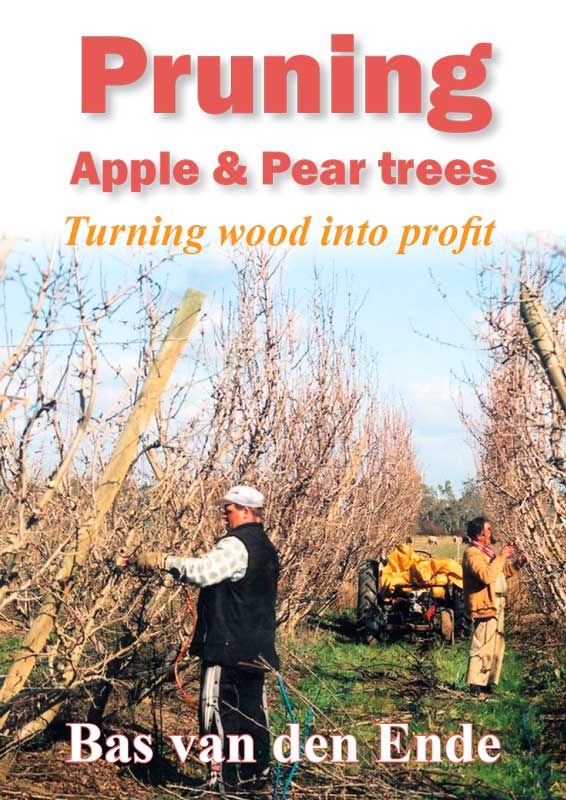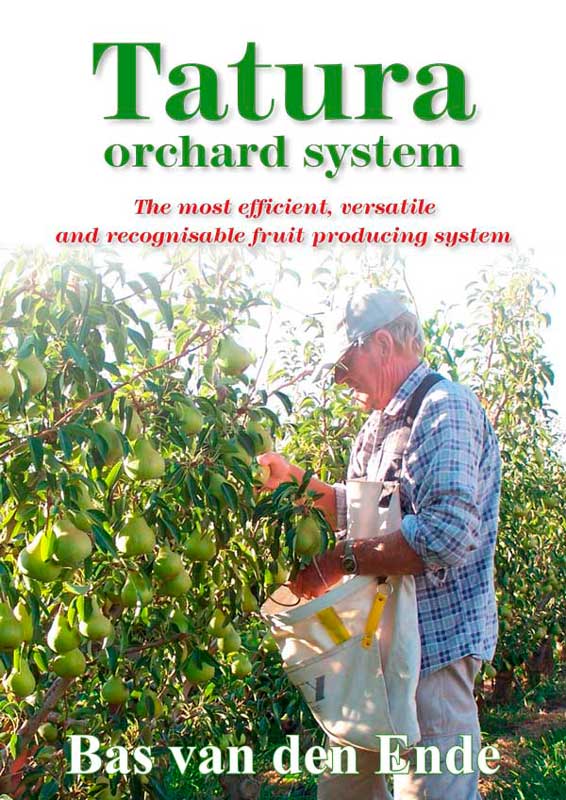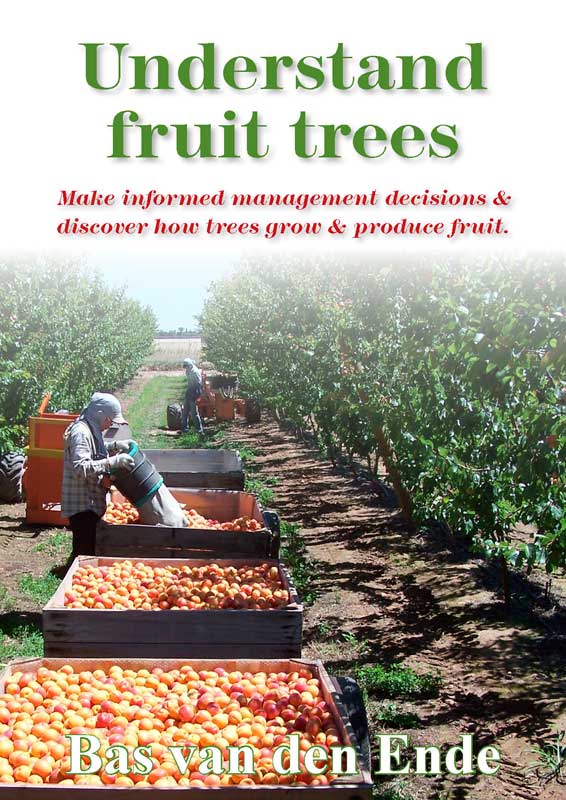Fruit tree borer is the larval stage of Maroga melanostigma, an Australian native moth that will affect a wide range of tree species; Prunus (stone fruits) are particularly susceptible to attack.
Pest identification
Usually the first sign of fruit tree borers will be webbed sawdust material on scaffold branches or on the trunk where major branches intersect.
Adult moths are cream–white with a black and orange abdomen, about 2 to 2.5 cm long with a wingspan of about 4 cm. The forewings each have one small black dot. The larvae (caterpillar) are cream with a dark head.
Damage
Fruit tree borers damage stone fruit trees when the larvae (caterpillar) chew the bark and tunnel into the stem or trunk.
This damage often results in a complete ring-barking of the branch or trunk. When severe, it can lead to tree decline and eventual death.
In young trees the damage can cause the loss of a leader branch, affecting tree training and shape.
Monitoring
Inspect structural limbs and tree trunks for tell-tale sawdust patches.
Management
Cultural and physical
Physical management is labour intensive as it involves scraping away the sawdust and destroying the larvae found under the bark or in its tunnel.
A fine wire can be used to penetrate the feeding tunnel and kill the larvae.
Biological
Trichogramma species wasps will parasitise fruit tree borer eggs, however, it is uncertain if this will provide commercial level control.
Chemical
For effective larvae control, use a registered chemical, expose and saturate feeding sites with the spray, ensuring that some insecticide penetrates the borer tunnels.
Download the Orchard plant protection guide
See this article in Tree Fruit Feb 2023

